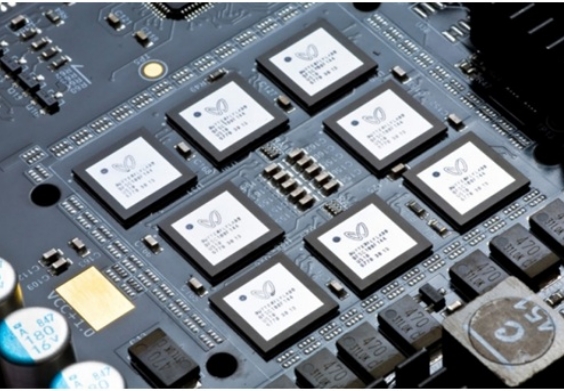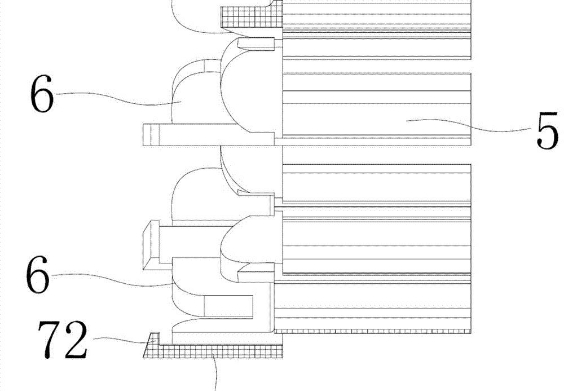How does electromagnetic compatibility technology safeguard the stability of modern systems
In 5G communication, autonomous driving and industrial automation systems, a smokeless "signal war" is quietly unfolding. When countless electronic signals interweave and collide in space, electromagnetic interference (EMI) has become an invisible killer threatening the stability of systems, while electromagnetic compatibility (EMC) technology has become a key defense line to safeguard signal purity and ensure the normal operation of equipment.
The multi-dimensional challenges of electromagnetic interference
With the continuous improvement of equipment integration, the electromagnetic interference problem caused by high-frequency and high-speed signal transmission has become increasingly severe. In the millimeter-wave frequency band of 5G base stations, when the signal frequency exceeds 24GHz, even a tiny electromagnetic leakage can cause a sharp increase in the communication bit error rate. Measured data shows that for base station equipment that has not undergone electromagnetic compatibility optimization, the data transmission rate will decrease by 35% under the interference of adjacent frequency bands. In the field of autonomous driving, if the millimeter-wave radars, cameras and other sensors inside the car are not properly shielded by electromagnetic waves, electromagnetic interference may cause the sensors to misjudge, resulting in serious safety hazards.

In smart home systems, the mutual interference of wireless signals from multiple devices has also become a common problem. When multiple wireless protocols such as Wi-Fi, Bluetooth and Zigbee work simultaneously, the connection success rate of devices in the signal overlap area will decrease by 28%, seriously affecting the user experience. These electromagnetic interferences from different dimensions have put forward higher requirements for electromagnetic compatibility technology.
Material innovation builds protective barriers
The development of new absorbing materials has brought a new breakthrough to electromagnetic compatibility. The absorbing coating based on the composite of ferrite and carbon nanotubes can achieve a reflection loss of -35 dB in the 8-18 GHZ frequency band, significantly improving its performance compared to traditional absorbing materials. When applied to the shielding cover of the mobile phone mainboard, it can effectively suppress the interference of radio frequency signals to other modules and improve the stability of mobile phone communication.
The development of metamaterial technology has opened up a new path for electromagnetic compatibility. Through artificially designed subwavelength structures, metamaterials can achieve arbitrary regulation of electromagnetic waves. A certain electromagnetic shielding board based on metamaterials has a shielding efficiency of over 100dB in the 30 MHZ -3GHz frequency band, and its thickness is only 1/5 of that of traditional metal shielding boards, providing an ideal solution for the electromagnetic compatibility design of thin and light electronic devices.
Structural optimization and intelligent control strategy
In terms of the design of electromagnetic shielding structures, the multi-layer composite shielding cavity technology has been widely applied. By alternately using the conductive layer and the insulating layer, and in combination with the precise gap treatment process, the attenuation capacity of the shielding cavity for electromagnetic interference has been enhanced to over 80dB. In the server room, the cabinets adopting this technology can effectively isolate external electromagnetic interference and ensure the security of data storage and processing.
The emergence of intelligent electromagnetic compatibility systems has enabled the dynamic response to interference. The adaptive filtering system based on Software-defined Radio (SDR) technology can monitor the electromagnetic environment in real time and automatically adjust the filtering parameters. In a complex electromagnetic environment, this system can identify the interference signal within 50 milliseconds and activate the corresponding suppression measures, reducing the degree of interference to the system by 90%.
From material innovation to structural innovation, and then to intelligent control, every advancement in electromagnetic compatibility technology is building a solid safety barrier for modern electronic systems. In this era of interwoven signals, the invisible electromagnetic compatibility technology, with its powerful protection capabilities, is ensuring the stable operation of various electronic devices and systems, and has become an indispensable key force supporting the development of a digital society.




